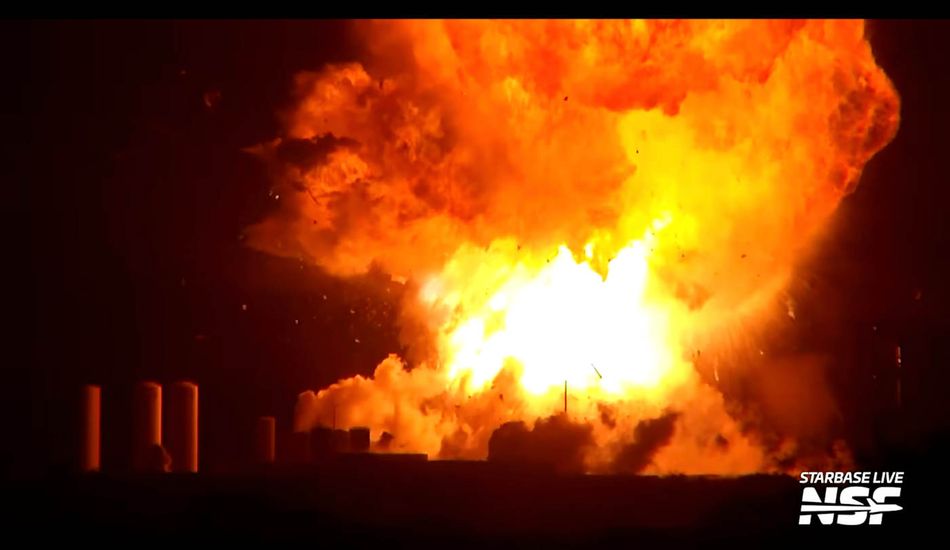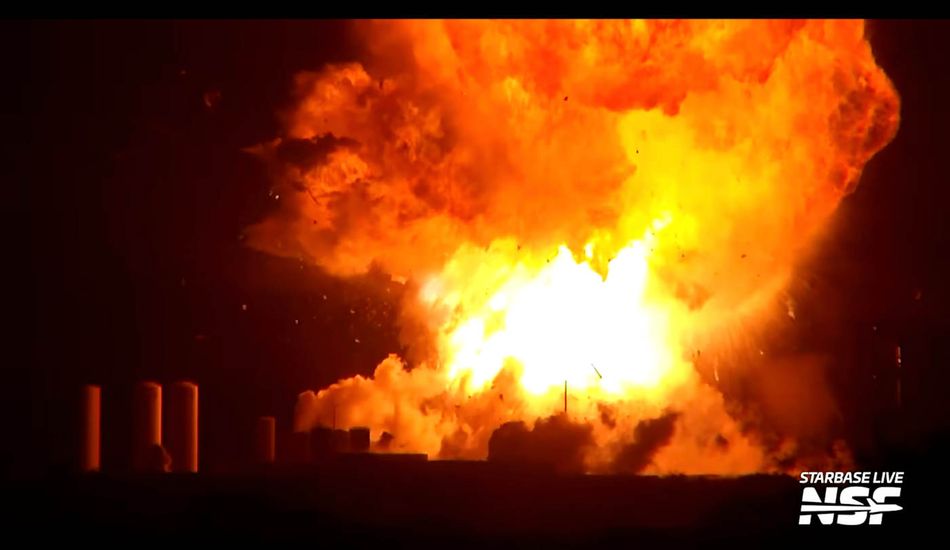
SpaceX's Starship: Test Explosion Highlights Development Challenges
In a stark reminder of the challenges inherent in space exploration, SpaceX's Starship prototype, designated Ship 36, experienced a significant setback. The incident, which occurred at the company's Starbase facility in Texas, involved a sudden and dramatic explosion during pre-flight preparations.
Specifically, the event unfolded while the team was testing the forward flap system, just before a planned static fire test. Livestream footage captured by NASASpaceflight showed the spacecraft erupting into a massive fireball.
While the explosion is undoubtedly a setback, SpaceX has confirmed that all personnel are safe and accounted for. The company had implemented a safety clear zone around the vehicle, a standard procedure during such high-risk operations. Moreover, local authorities have stated that there is no danger to nearby residents, though the public has been asked to stay away from the area.
According to preliminary reports, the explosion was the result of a "catastrophic failure." An investigation is already underway to determine the root cause of the incident. This is of utmost importance, considering the critical role Starship is intended to play in future space missions.
Starship's Rocky Road to Space
Starship represents SpaceX's ambitious vision for a super-heavy-lift launch vehicle, designed to carry larger payloads and travel beyond low Earth orbit, with destinations like the Moon and Mars in mind. However, the development process has been anything but smooth.
Consider, for instance, the previous test flights. During the seventh and eighth attempts, the "Ship" second stage suffered explosions during ascent. While the ninth test flight saw the Ship reach space, contact was subsequently lost, preventing a controlled splashdown. The Super Heavy booster stage also met an unfortunate end, undergoing a "rapid unscheduled disassembly" shortly after launch. In essence, it exploded.
These incidents, including the most recent explosion, highlight the inherent risks and complexities of developing cutting-edge space technology. While setbacks are inevitable, they also provide invaluable learning opportunities, pushing engineers to refine designs and improve safety protocols. SpaceX's commitment to iterative testing and rapid development remains crucial as they continue to pursue their ambitious goals for Starship.
The incident serves as a reminder that the path to space is rarely a straight line. It requires perseverance, adaptability, and a willingness to learn from both successes and failures.
1 Image of SpaceX Starship:


Source: Engadget